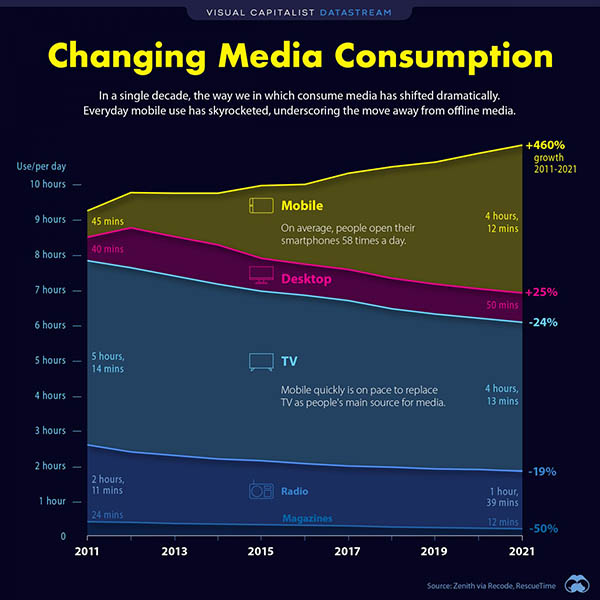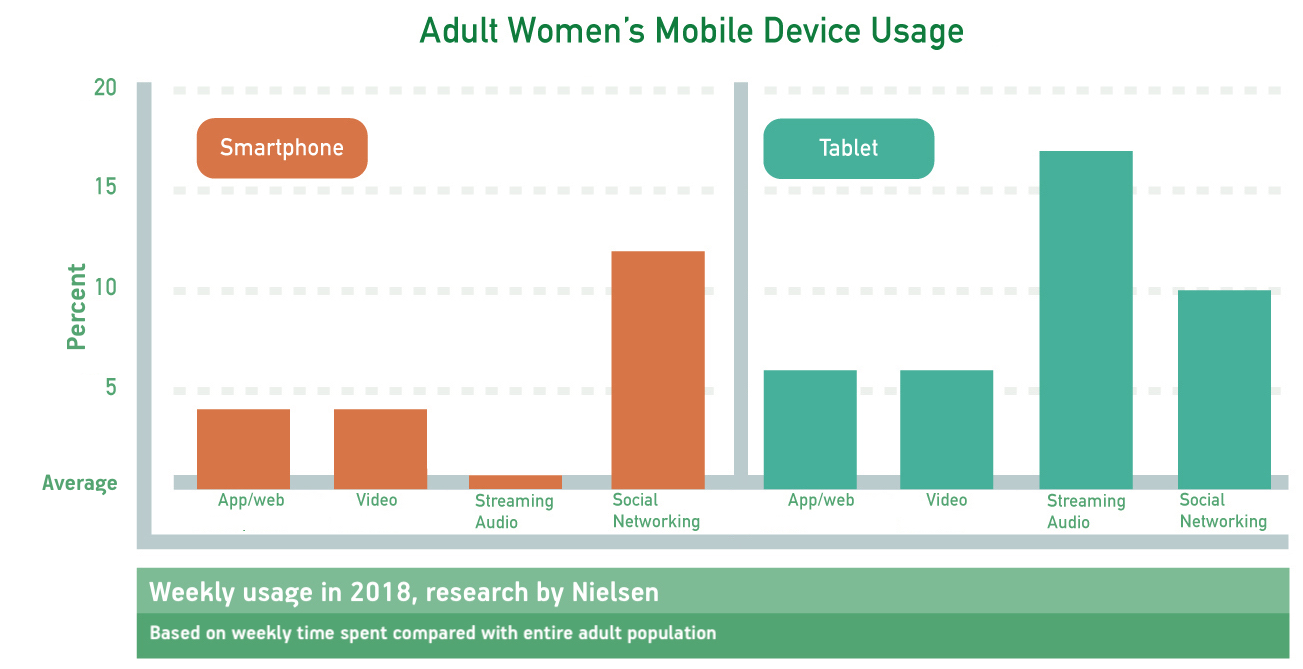
Prepare by noticing key points
In this lesson, we'll work on understanding graphs, noticing key points and preparing well.
How should you prepare before presenting a graph?
A. Gather information
The first step is to read the graph.
With your teacher, answer the following questions about the graph above.
- What does the graph measure?
- Note what, who, when, and where.
- How does the graph measure it?
- Is there a time element?
- Are two (or more) things being compared?
Practice: Present the information above in your own words. If you have trouble, your teacher can help.
B. Find a general trend
The next step is to understand, in general, what the graph means.
- Is there a general trend in the graph above?
Practice: Present the general trend in your own words. If you have trouble, your teacher can help.
C. Find a takeaway
The final step is to select one (or more) point(s) to highlight.
- Is there a key takeaway from the graph, above?
Practice: Present the key takeaway in your own words. If you have trouble, your teacher can help.
Look at the graph below.
Take 90 seconds to read the graph, notice a general trend and select a key takeaway. Then present the information to your teacher.

[For more on the graph, see this discussion post from The English Farm: "Visuals: Time we spend on phones"]
